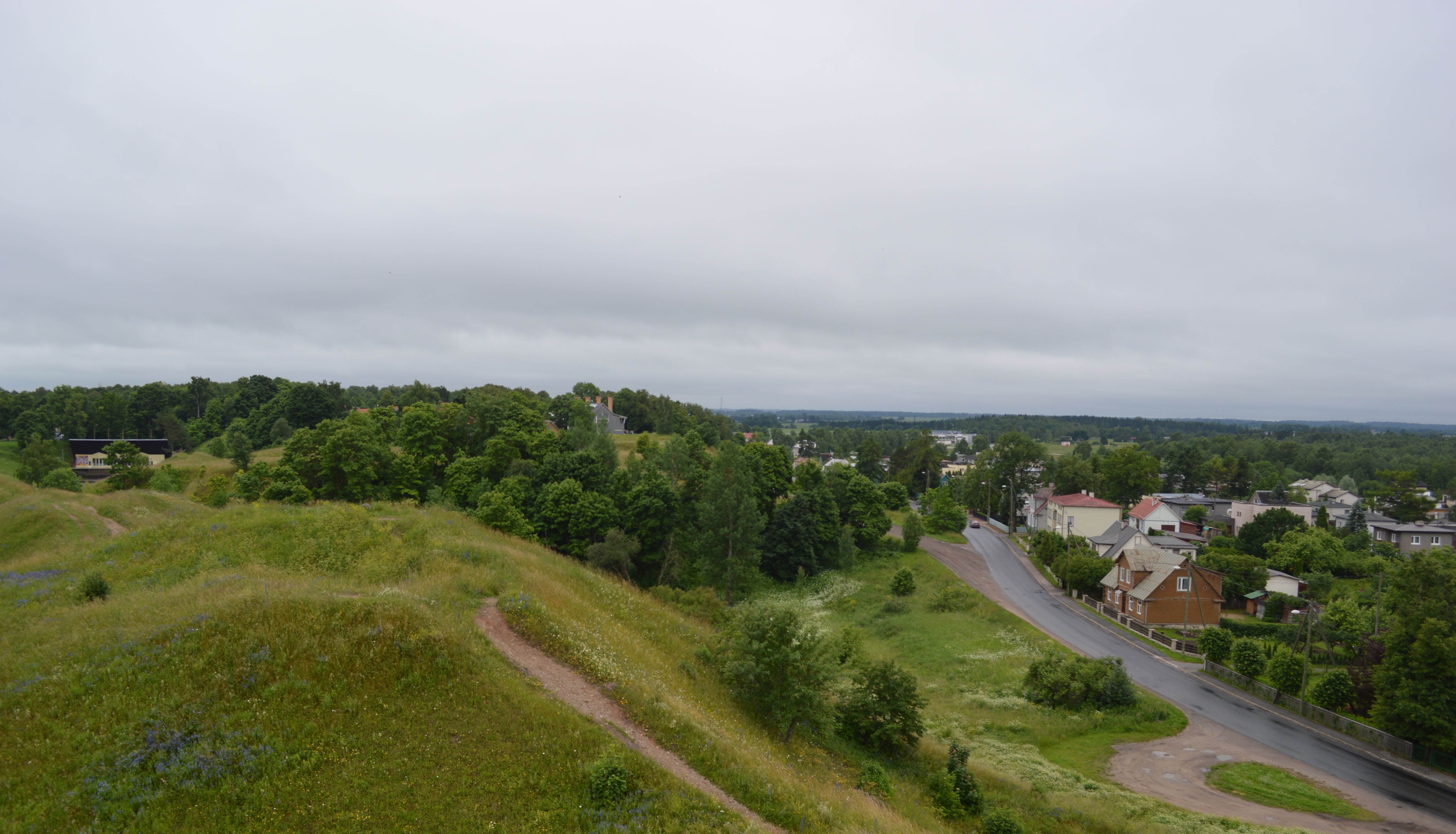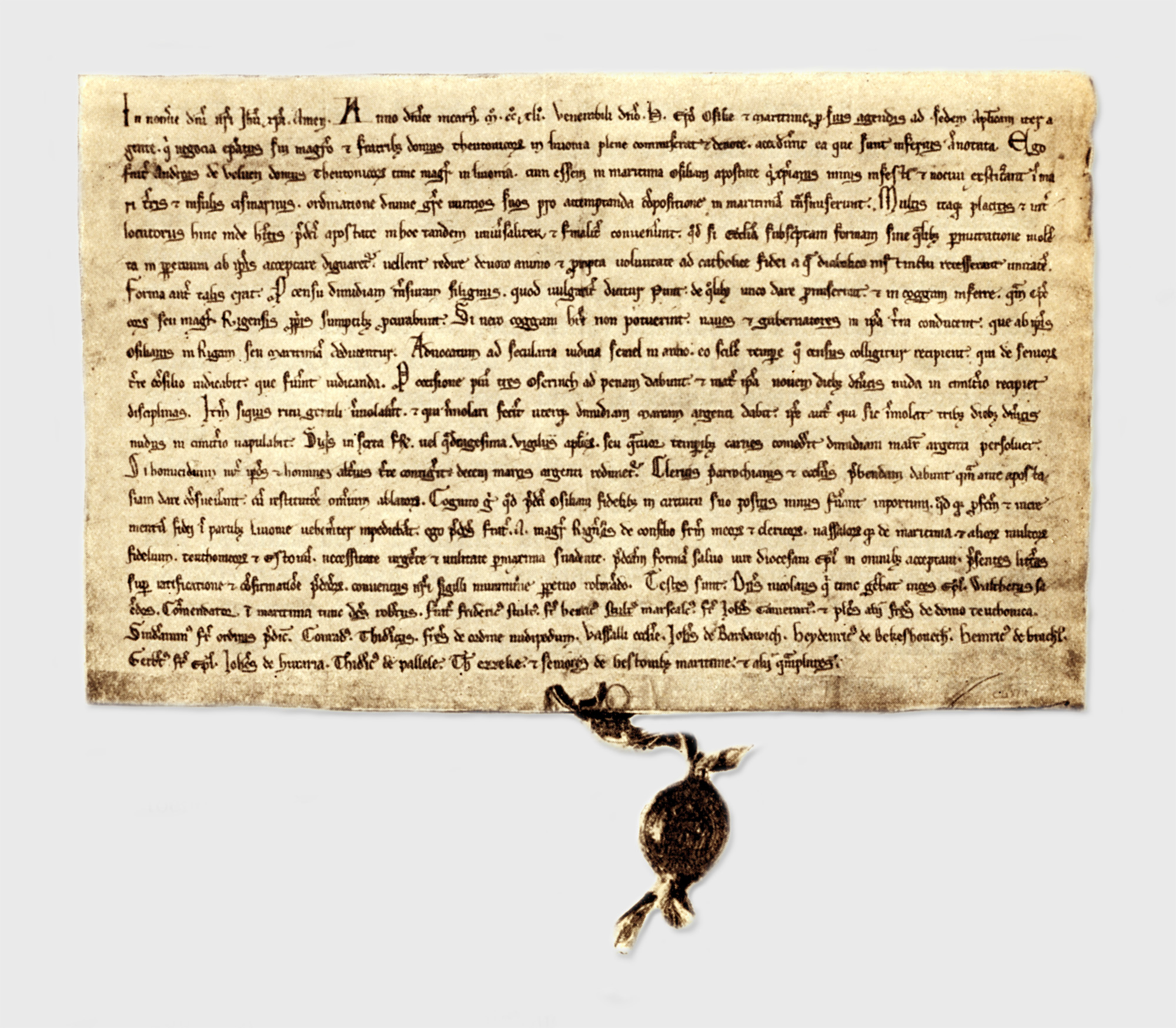|
Wierland
Virumaa ( la, Vironia; Low German: ''Wierland''; Old Norse: ''Virland'') is a former independent county in Ancient Estonia. Now it is divided into Ida-Viru County or Eastern Vironia and Lääne-Viru County or Western Vironia. Vironians built many strongholds, like Tarwanpe (modern Rakvere) and Agelinde (now Punamägi Hill in Äntu village). Vironian was divided into five clans (''kilikunda''), ''Maum'' (in Estonian "Mahu"), ''Laemund'' (Lemmu) also known as ''Pudiviru'', ''Askele'', ''Revele'' (Rebala), ''Alentagh'' (Alutaguse). Like other Estonian tribes, Vironians remained predominantly pagan before Northern Crusades in the 13th century. History According to the Livonian Chronicle of Henry, Vironians believed that Tharapita, a god worshipped by Osilians (the tribe inhabiting Saaremaa) was born in Vironia. However, Vironian elder Thabelin of Pudiviru had endorsed Christianity before the German and Danish crusaders reached Estonia. Thabelin (Tabellinus) was baptiz ... [...More Info...] [...Related Items...] OR: [Wikipedia] [Google] [Baidu] |
Tarvanpää
Rakvere is a town in northern Estonia and the administrative centre of the Lääne-Viru ''maakond'' (county), 20 km south of the Gulf of Finland of the Baltic Sea. Rakvere is the 8th most populous urban area in Estonia. Rakvere has a total area of 10.75 square kilometres, and although about 15% of it is covered by forest, the city is still populated so densely as to make it the third most densely populated city in Estonia. From the 13th century until the early 20th century, Rakvere was more widely known by its historical German name, ''Wesenberg(h)''. History The earliest signs of human settlement dating back to the 3rd–5th centuries AD have been found on the present theatre hill. Probably to protect that settlement, a wooden stronghold was built on the present-day Vallimägi. Soon after the kingdom of Denmark had conquered northern Estonia, in 1220, the new rulers started to erect stone buildings. A settlement called ''Tarvanpea'' was first mentioned in the Chronicle of ... [...More Info...] [...Related Items...] OR: [Wikipedia] [Google] [Baidu] |
Vironians
The Vironians ({{Lang-et, Virulased) were one of the Finnic tribes that later formed the Estonian nation. History They lived in Vironia (''Virumaa'' in Estonian, ''Wierland'' in German and ''Virland'' in Scandinavian, now Ida-Viru County and Lääne-Viru County of Estonia). Vironians were divided into five clans (''kilikunda''), ''Maum'' (in Estonian "Mahu"), ''Laemund'' (Lemmu) also known as ''Pudiviru'', ''Askele'', ''Revele'' (Rebala), ''Alentagh'' (Alutaguse). They built many strongholds, like ''Tarwanpe'' (modern Rakvere) and ''Agelinde'' (now Punamägi Hill in Äntu village). Like other Estonian tribes, Vironians remained predominantly pagan before Northern Crusades in the 13th century. According to the Chronicle of Henry of Livonia, Vironians believed that Tharapita, a god worshipped by Osilians (the tribe inhabiting Saaremaa) was born in Vironia. However, Vironian elder Thabelin of Pudiviru had endorsed Christianity before the German and Danish crusaders reached E ... [...More Info...] [...Related Items...] OR: [Wikipedia] [Google] [Baidu] |
Rakvere
Rakvere is a town in northern Estonia and the administrative centre of the Lääne-Viru '' maakond'' (county), 20 km south of the Gulf of Finland of the Baltic Sea. Rakvere is the 8th most populous urban area in Estonia. Rakvere has a total area of 10.75 square kilometres, and although about 15% of it is covered by forest, the city is still populated so densely as to make it the third most densely populated city in Estonia. From the 13th century until the early 20th century, Rakvere was more widely known by its historical German name, ''Wesenberg(h)''. History The earliest signs of human settlement dating back to the 3rd–5th centuries AD have been found on the present theatre hill. Probably to protect that settlement, a wooden stronghold was built on the present-day Vallimägi. Soon after the kingdom of Denmark had conquered northern Estonia, in 1220, the new rulers started to erect stone buildings. A settlement called ''Tarvanpea'' was first mentioned in the Chronicle ... [...More Info...] [...Related Items...] OR: [Wikipedia] [Google] [Baidu] |
Tarwanpe
Rakvere is a town in northern Estonia and the administrative centre of the Lääne-Viru ''maakond'' (county), 20 km south of the Gulf of Finland of the Baltic Sea. Rakvere is the 8th most populous urban area in Estonia. Rakvere has a total area of 10.75 square kilometres, and although about 15% of it is covered by forest, the city is still populated so densely as to make it the third most densely populated city in Estonia. From the 13th century until the early 20th century, Rakvere was more widely known by its historical German name, ''Wesenberg(h)''. History The earliest signs of human settlement dating back to the 3rd–5th centuries AD have been found on the present theatre hill. Probably to protect that settlement, a wooden stronghold was built on the present-day Vallimägi. Soon after the kingdom of Denmark had conquered northern Estonia, in 1220, the new rulers started to erect stone buildings. A settlement called ''Tarvanpea'' was first mentioned in the Chronicle of ... [...More Info...] [...Related Items...] OR: [Wikipedia] [Google] [Baidu] |
Saaremaa
Saaremaa is the largest island in Estonia, measuring . The main island of Saare County, it is located in the Baltic Sea, south of Hiiumaa island and west of Muhu island, and belongs to the West Estonian Archipelago. The capital of the island is Kuressaare, which in January 2018 had 13,276 inhabitants. The whole island had a recorded population in January 2020 of 31,435. Etymology In old Scandinavian sources, Saaremaa is called ''Eysysla'' and in the Icelandic Sagas ''Eysýsla'' (Old Norse: ), meaning "the district (land) of island". The island is called ''Saaremaa'' in Estonian, and in Finnish ''Saarenmaa''—literally "isle land" or "island land",Toomse, Liine. "10 Estonian Islands You Should Visit." http://www.traveller.ee/blog/tallinn/10-estonian-islands-you-should-visit. Retrieved 8 March 2016. i.e. the same as the Scandinavian name for the island. The old Scandinavian name is also the origin of the island's name in Danish ''Øsel'', German and Swedish ''Ösel'', ... [...More Info...] [...Related Items...] OR: [Wikipedia] [Google] [Baidu] |
Gotland
Gotland (, ; ''Gutland'' in Gutnish), also historically spelled Gottland or Gothland (), is Sweden's largest island. It is also a province, county, municipality, and diocese. The province includes the islands of Fårö and Gotska Sandön to the north, as well as the Karlsö Islands (Lilla and Stora) to the west. The population is 61,001, of which about 23,600 live in Visby, the main town. Outside Visby, there are minor settlements and a mainly rural population. The island of Gotland and the other areas of the province of Gotland make up less than one percent of Sweden's total land area. The county formed by the archipelago is the second smallest by area and is the least populated in Sweden. In spite of the small size due to its narrow width, the driving distance between the furthermost points of the populated islands is about . Gotland is a fully integrated part of Sweden with no particular autonomy, unlike several other offshore island groups in Europe. Historically there ... [...More Info...] [...Related Items...] OR: [Wikipedia] [Google] [Baidu] |
Livonian Brothers Of The Sword
The Livonian Brothers of the Sword ( la, Fratres militiæ Christi Livoniae, german: Schwertbrüderorden) was a Catholic military order established in 1202 during the Livonian Crusade by Albert, the third bishop of Riga (or possibly by Theoderich von Treydend). Pope Innocent III sanctioned the establishment in 1204 for the second time. The membership of the crusading order comprised warrior monks, mostly from northern Germany, who fought Baltic and Finnic "pagans" in the area of modern-day Estonia, Latvia and Lithuania. Alternative names of the Order include Christ Knights, Swordbrothers, Sword Brethren, Order of the Brothers of the Sword, and The Militia of Christ of Livonia. The seal reads: ''+MAGISTRI ETFRM (et fratrum) MILICIE CRI (Christi) DE LIVONIA''. Following their defeat by the Samogitians and Semigallians in the Battle of Schaulen (Saule) in 1236, the surviving Brothers merged into the Teutonic Order as an autonomous branch and became known as the Livonian Order. ... [...More Info...] [...Related Items...] OR: [Wikipedia] [Google] [Baidu] |
Latvians
Latvians ( lv, latvieši) are a Baltic ethnic group and nation native to Latvia and the immediate geographical region, the Baltics. They are occasionally also referred to as Letts, especially in older bibliography. Latvians share a common Latvian language, culture and history. History A Balto-Finnic-speaking tribe known as the Livs settled among the Latvians and modulated the name to "Latvis", meaning "forest-clearers", which is how medieval German, Teutonic settlers also referred to these peoples. The Germanic settlers referred to the natives as "Letts" and the nation to "Lettland", naming their colony Livonia or Livland. The Latin form, ''Livonia'', gradually referred to the whole territory of modern-day Latvia as well as southern Estonia, which had fallen under a minimal Germanic influence. Latvians and Lithuanians are the only surviving members of the Baltic branch of the Indo-European family. Genetics Paternal haplogroups R1a and N1a1-Tat are the two most freq ... [...More Info...] [...Related Items...] OR: [Wikipedia] [Google] [Baidu] |
Ancient Estonia
Ancient Estonia refers to a period covering History of Estonia from the middle of the 8th millennium BC until the conquest and subjugation of the local Finnic tribes in the first quarter of the 13th century during the Teutonic and Danish Northern Crusades. The Mesolithic Period The region has been populated since the end of the last glacial era, about 10,000 BC. The earliest traces of human settlement in Estonia are connected with Kunda culture. The oldest known settlement in Estonia is the Pulli settlement, which was located on the banks of the river Pärnu, near the town of Sindi, in southwestern Estonia. It has been dated to the beginning of the 9th millennium BC. The Kunda Culture received its name from the ''Lammasmäe'' settlement site in northern Estonia, which dates from earlier than 8500. Bone and stone artifacts similar to those found at Kunda have been discovered elsewhere in Estonia, as well as in Latvia, Russia, northern Lithuania and southern Finland. Among m ... [...More Info...] [...Related Items...] OR: [Wikipedia] [Google] [Baidu] |
Œsel
Saaremaa is the largest island in Estonia, measuring . The main island of Saare County, it is located in the Baltic Sea, south of Hiiumaa island and west of Muhu island, and belongs to the West Estonian Archipelago. The capital of the island is Kuressaare, which in January 2018 had 13,276 inhabitants. The whole island had a recorded population in January 2020 of 31,435. Etymology In old Scandinavian sources, Saaremaa is called ''Eysysla'' and in the Icelandic Sagas ''Eysýsla'' (Old Norse: ), meaning "the district (land) of island". The island is called ''Saaremaa'' in Estonian, and in Finnish ''Saarenmaa''—literally "isle land" or "island land",Toomse, Liine. "10 Estonian Islands You Should Visit." http://www.traveller.ee/blog/tallinn/10-estonian-islands-you-should-visit. Retrieved 8 March 2016. i.e. the same as the Scandinavian name for the island. The old Scandinavian name is also the origin of the island's name in Danish ''Øsel'', German and Swedish ''Ösel'', Gutni ... [...More Info...] [...Related Items...] OR: [Wikipedia] [Google] [Baidu] |
Ugaunians
Ugaunians or Ugannians ( et, ugalased) ( lv, ugauņi), referred to as Chudes by the earliest Russian chronicles were historical Finnic people inhabiting the ancient southern Estonian Ugandi County (Latin:Ungannia) (also Ugania, Ugaunia) that is now Tartu, Põlva, Võru and Valga counties of Estonia. The name and the territory In modern Estonian literature, the province of Ugaunia is called ''Ugandi'' or ''Ugala''. The name ''Ugandi'' is derived by associating Ugaunia with the name of ''Uandimägi'' Hill near Otepää. According to a more far-fetched theory, the name Ugaunia could have been derived from the Slavic language word Ug, meaning South (cf. Yugoslavia). In Latvian, the country of Estonia is still called ''Igaunija'' after Ugaunians, their ancient warlike neighbors. The power center of Ugaunians is believed to have been in the fortified stronghold of Otepää ( South Estonian for "bear's head"; la, Caput Ursi, russian: Medvezh'ya Golova) in present-day Linnamägi Hi ... [...More Info...] [...Related Items...] OR: [Wikipedia] [Google] [Baidu] |

.jpg)



